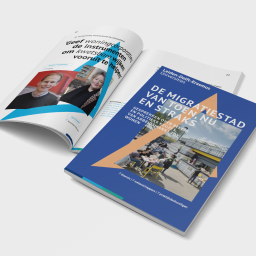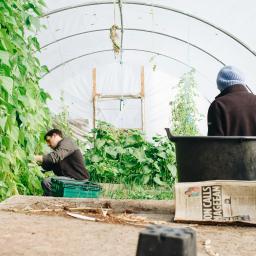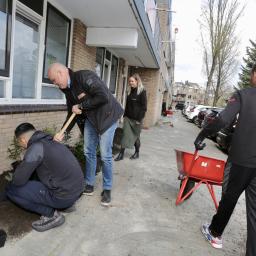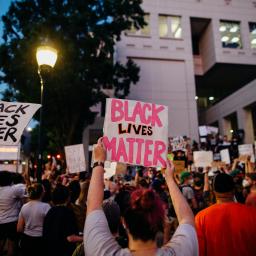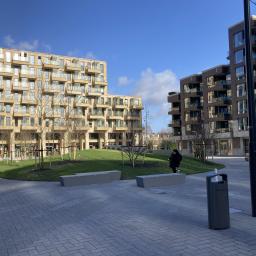Eaisaouiyen and governance expert Warda Belabas. “After the bomb attacks on the London Underground, the local government launched a campaign entitled: '7 million Londoners, 1 London.' Its message is slightly different to that of ‘I Amsterdam’. By Nynke van Spiegel
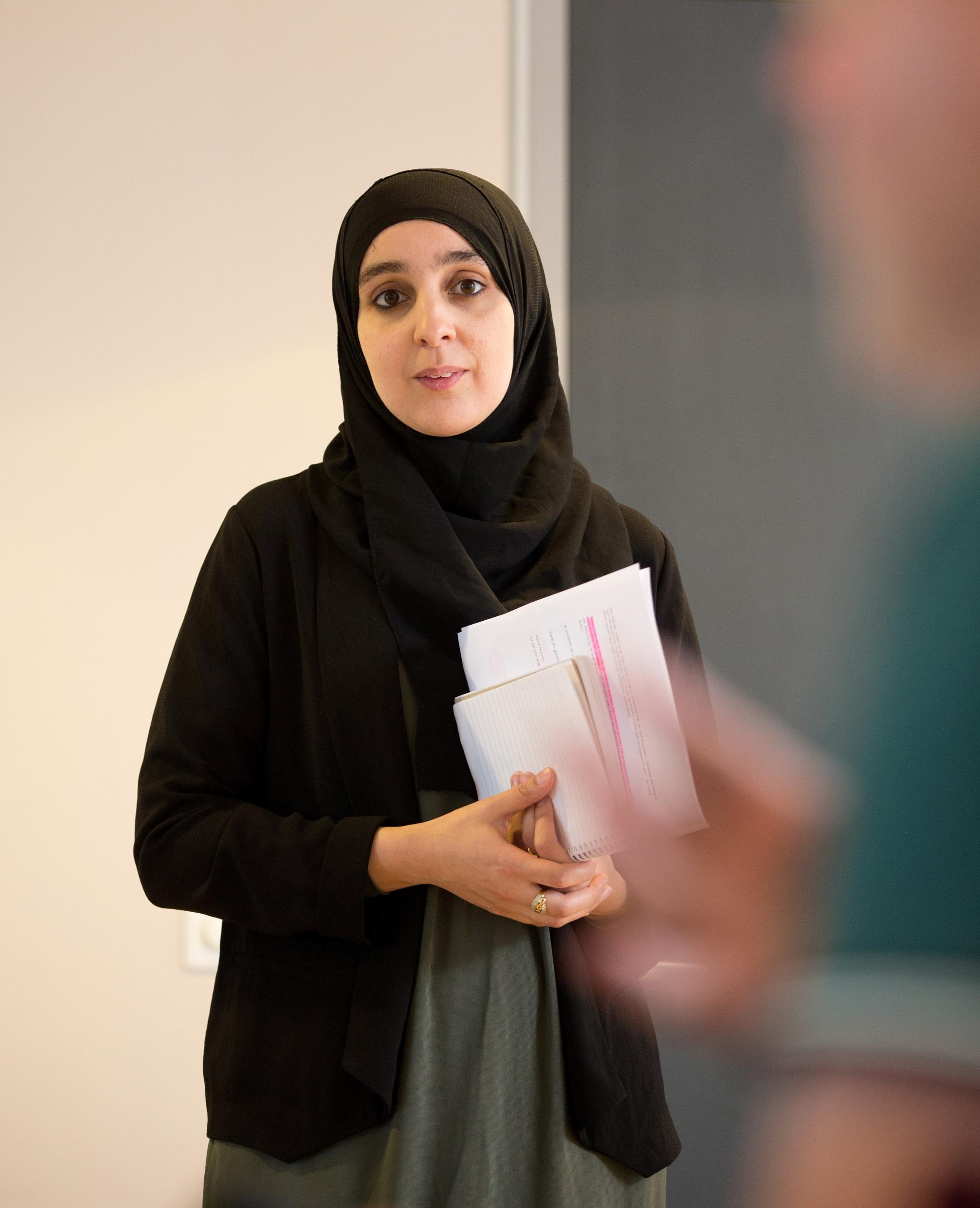
How do you govern superdiverse neighbourhoods in which residents have many different cultural backgrounds? It often seems like a struggle for policymakers. Warda Belabas, a researcher in the field of governance and diversity: 'There is a tendency to pigeonhole people. Something is a Moroccan or Antillean problem. Demographic data can indeed sometimes help pinpoint where a problem lies. In Rotterdam's Beverwaard neighbourhood, for example, we know that there are a lot of single-parent families and that many of them are of Antillean origin. That knowledge can help show what the problem is and what they need. But often culture is unfairly mistaken as the cause of a problem. More often, problems - such as crime, leaving school prematurely, or health problems - have to do with different causes, such as people's socio-economic position.'
Statements like ‘Success is a choice’ will not solve our problems.'
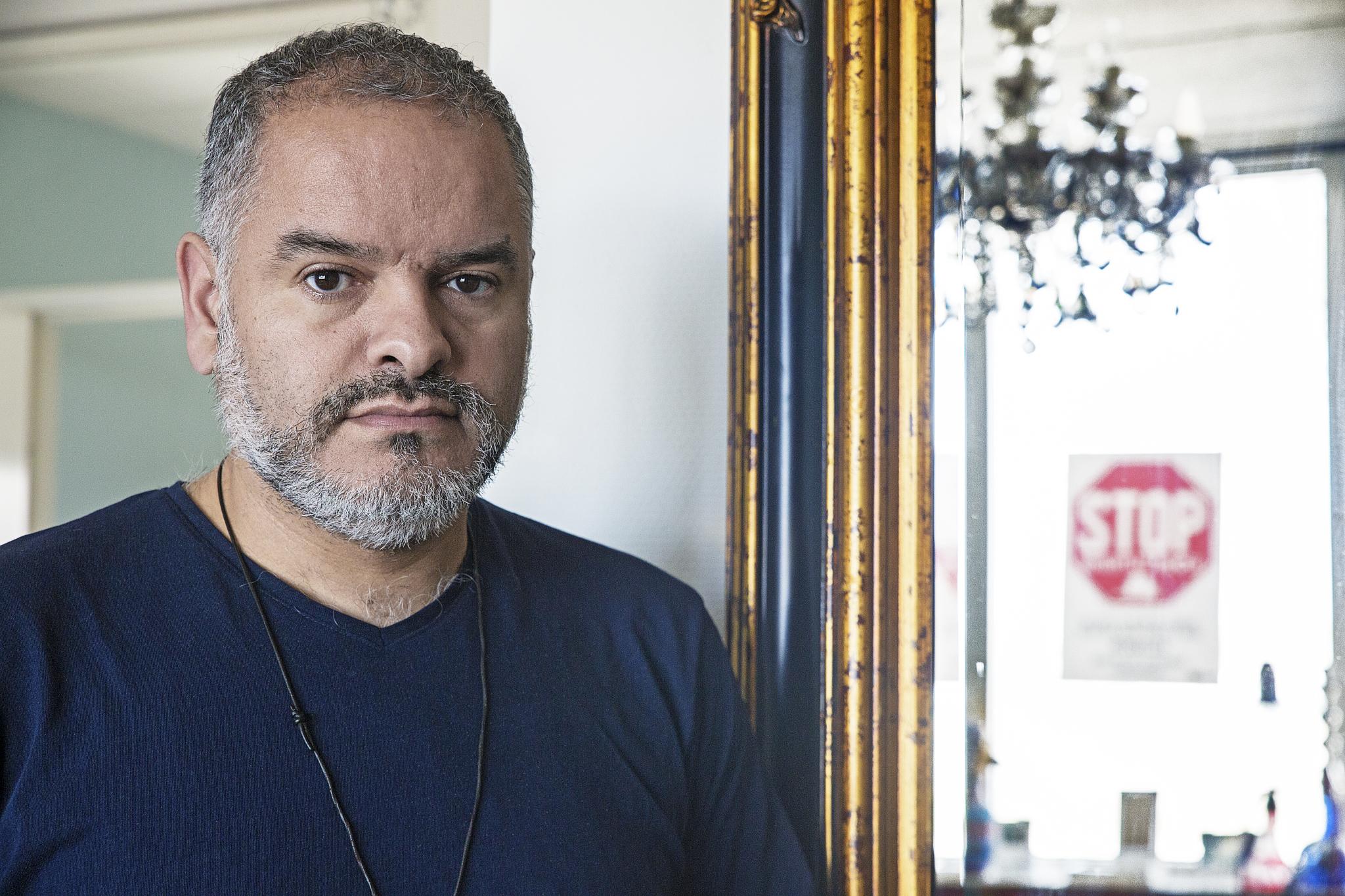
Housing activist Mustapha Eaisaouiyen: 'The language we use in society focuses on individualism. ‘Success is a choice’ and ‘As long as I’m alright’. This will not solve our problems. To change this, we need to remove the underlying causes. To start with, we need to address the enormous inequalities.'
So ethnicity should not be the main issue for administrators of a superdiverse city? Belabas: 'Superdiversity is about nationality, religion, orientation, ethnicity, educational qualifications, wealth, lifestyles, and people’s legal status. That’s why I believe more in an integrated approach, where you don’t rush to put on ethnic glasses, but instead look at the common needs in neighbourhoods.'
Eaisaouiyen: 'However, there should still be a focus on racism and discrimination that people of colour and the LHBTIQ+ community have to deal with. My activism started when I read the report of the Nationaal Programma Rotterdam Zuid. I lived in the Afrikaanderwijk neighbourhood, where I also grew up. It literally stated that residents had several negative associations with the neighbourhood: crowding, parking, and foreigners. Foreigners were a negative association with the neighbourhood. When I read that, I really broke down. And then I thought, this ‘foreigner’ will show what he's made of.'
How do you ensure that an inclusive and integrated approach is reflected in decision making? Belabas: 'Quotas for greater representation of minority groups help to build more confidence in the system. But that is not enough. There must be room for different perspectives so that different people can identify with the issues politicians put on the table. From the recent report by the Netherlands Institute for Social Research, Does the political system represent everyone?, it appears that people with a migration background often do not identify with the political world. They feel neither heard nor seen. Politicians are too far removed from many of the worlds that people inhabit.'
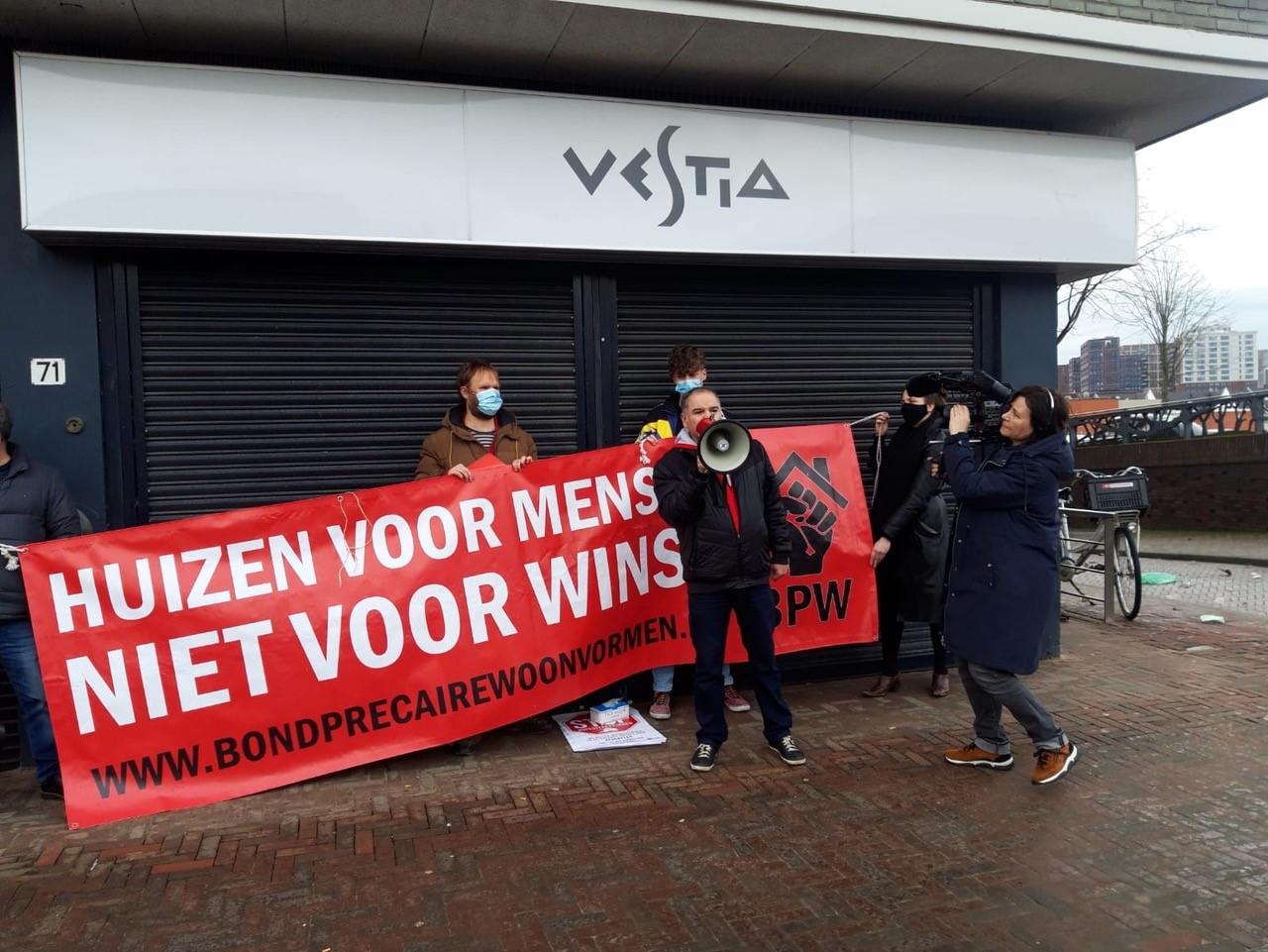
How do you involve different groups in a neighbourhood or a city? Belabas: 'In addition to traditional participation evenings, it is important to find informal and imaginative ways. I was involved with the evaluation of the Mooi, Mooier, Middellandproject, in which residents, entrepreneurs, and the Rotterdam City Council collaborate on liveability, safety, and community spirit. To involve as many residents as possible with the distribution of the available eight million euros, a game of marbles was organised with the intention of allowing residents to explain in a fun way where they would spend the funding. The informality of the event resulted in input coming from a large and diverse group of local residents. Other meetings were held at different times of day to enable those who work during evenings to attend as well.'
We tenants want to be able to have a say in our living environment.'
Does such participation often go well in practice? Eaisaouiyen: 'I have noticed that people are participation-weary. They participate themselves silly, but see precious little come of it. I am involved as a volunteer with theStedelijk Sociaal Statuut, an initiative launched by the city council for making agreements between housing associations and residents’ organisations. It is designed to involve tenants more closely with the maintenance, renovation, or demolition of their homes. I have been participating in this for two years now and it has already almost ground to a halt because the housing associations are afraid of relinquishing too much control. We tenants want more than just to participate in plans that the housing association has already prepared: we want decision rights and to be listened to from the beginning. We have managed to get ourselves involved from the beginning from now on, but that does not yet translate into joint decision making. With the citizens’ Recht op de Stad initiative, we are still trying to ensure that residents are allowed to have a say in the design of their neighbourhood.'
Belabas: 'With words like participation or co-creation, you generate expectations, but institutions or governments often cannot deliver what they promise. If all you do is collect input, but don’t allow that to feed into policy and rules, residents will lose interest.'
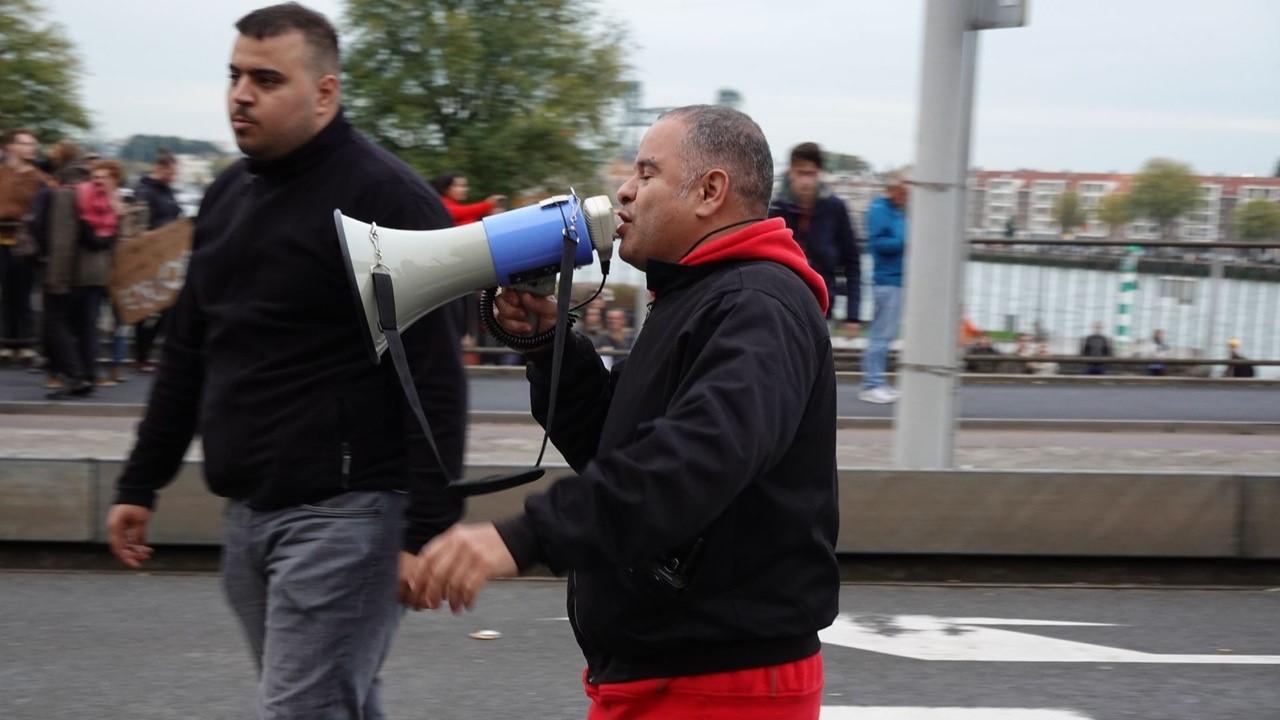 Was it better in the past? Eaisaouiyen: 'Things were very different in the 1970s and 1980s with regard to housing policy. Back then, housing associations did not even have a seat at the table; instead, it was the residents who had the mandate. It was the so-called community workers who were important: systemic thinkers in the neighbourhood who were assertive and had the gift of the gab. They could also get people to speak who were less naturally talkative.'
Was it better in the past? Eaisaouiyen: 'Things were very different in the 1970s and 1980s with regard to housing policy. Back then, housing associations did not even have a seat at the table; instead, it was the residents who had the mandate. It was the so-called community workers who were important: systemic thinkers in the neighbourhood who were assertive and had the gift of the gab. They could also get people to speak who were less naturally talkative.'
People from migrant backgrounds identify strongly with their city.'
How can local officials, policymakers, and politicians keep residents involved? Belabas: 'There is a lot of potential at the local level. People from migrant backgrounds identify strongly with their city. Indeed, it is precisely in superdiverse cities that there is greater scope to be yourself: citizens are more familiar with diversity. It is in the cities, in fact, where a sense of belonging is found. Cities should commit themselves to a shared identity. “After the bomb attacks on the London Underground, the local government launched a campaign entitled: ‘7 million Londoners, 1 London’. That sense of community is what you want to convey. Rotterdam and Amsterdam are also trying to develop a message that all residents can identify with, yet you also see a fear among branding professionals of getting involved in the politically-sensitive migration debate. Unlike in London, those involved with ‘I Amsterdam’ and ‘Rotterdam Make it Happen’ were reluctant to emphasise the superdiverse natures of their cities. That has been slowly changing in recent years.'
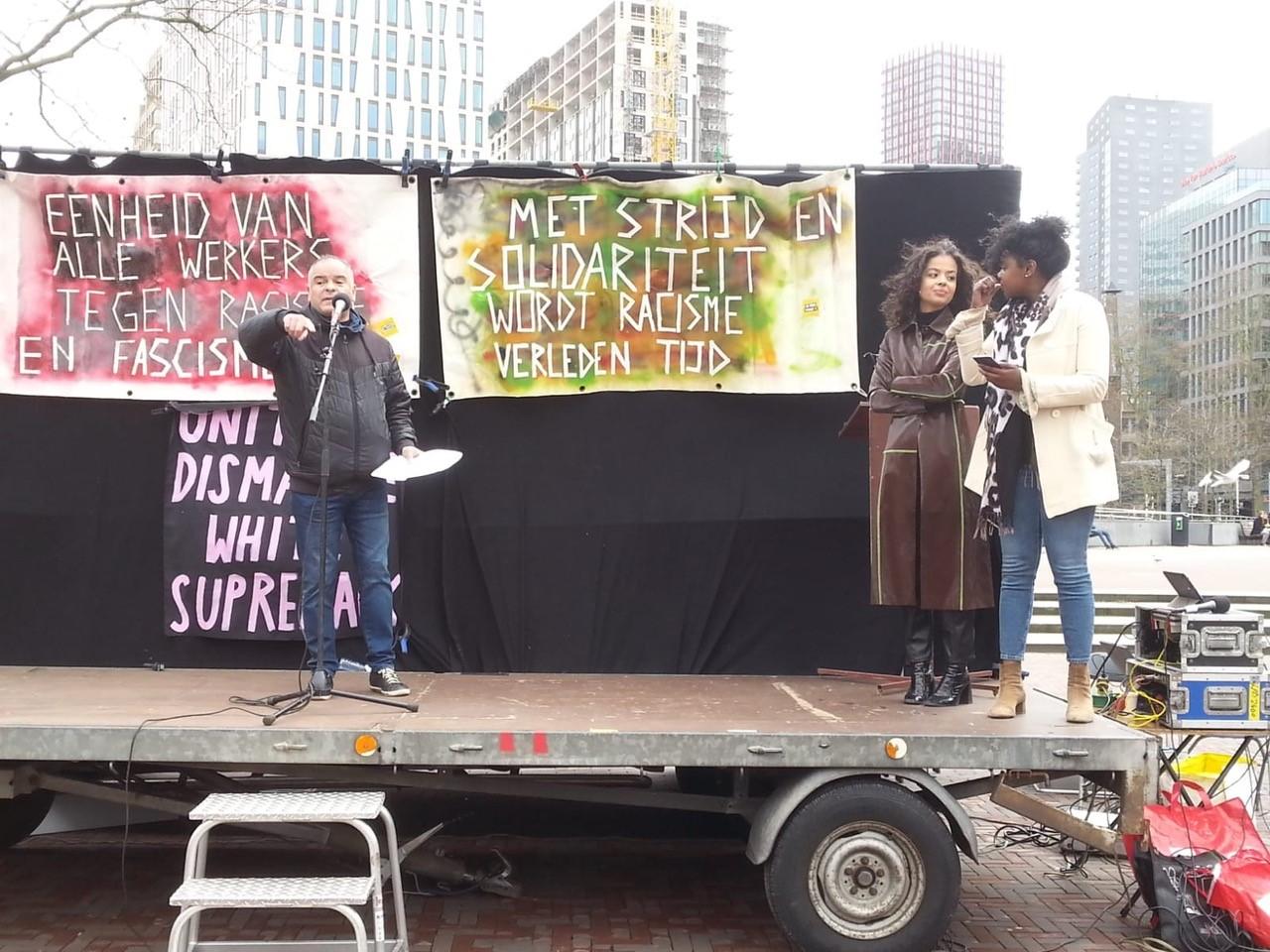
How important is the sense of community that city campaigns try to convey? Belabas: 'We know from research that feeling connected is very important. People active in volunteer organisations, for example, gain experience and acquire social capital. These are also the people who are more likely to be politically active because they feel they can change things and that they can achieve something. Giving people space to think and participate has many benefits. In a well-functioning democracy, people can contribute by more than just voting. It also means making decision-making processes accessible to all citizens. Participation can lead to understanding and knowledge to make policies better and more appropriate. That's how you can meet challenges in society.'
Are there any hopeful initiatives? Eaisaouiyen: 'I see people banging on managers’ doors everywhere now. We have attempted to set up our own housing association in Rotterdam’s Tweebosbuurt neighbourhood. We informed the Vestia housing association that that was what we wanted. Legally, you then get six months to make a plan and seek financing. But through their lawyer, they said to us: “We are not going to do that.” And yet it is happening more and more frequently in the Netherlands: take the small housing cooperatives, care cooperatives and energy cooperatives, for example.'
Officials went into the area to gain a better understanding of what the residents wanted.'
Belabas: 'In Rotterdam's Reyeroord district, the city council wanted to improve services through digitisation, such as dynamic lighting. Officials went into the area to gain a better understanding of what the residents wanted. People appeared to have no opinion at all about their digital environment: they had other things to worry about. The officials started working with researchers to identify what the area really did need. The answer turned out to be a place where young people could meet. The officials then used the available funds to create such a location.'
Warda Belabas is an assistant professor of the Governance of Migration and Diversity at Erasmus University Rotterdam. She is researching the interaction between government bodies and people in cities, especially migrants. In her dissertation, she exposed the elusiveness of managing the integration of migrants.
Mustapha Eaisaouiyen is an activist and opinion maker. Dissatisfied with the housing policy of the Rotterdam City Council, he launched the citizens’ initiative in 2021, Recht op de Stad. He is involved in several civic activism organisations, such as 010 tegen racisme, platform Rotterdam, and Woonopstand, a national platform for housing activism.
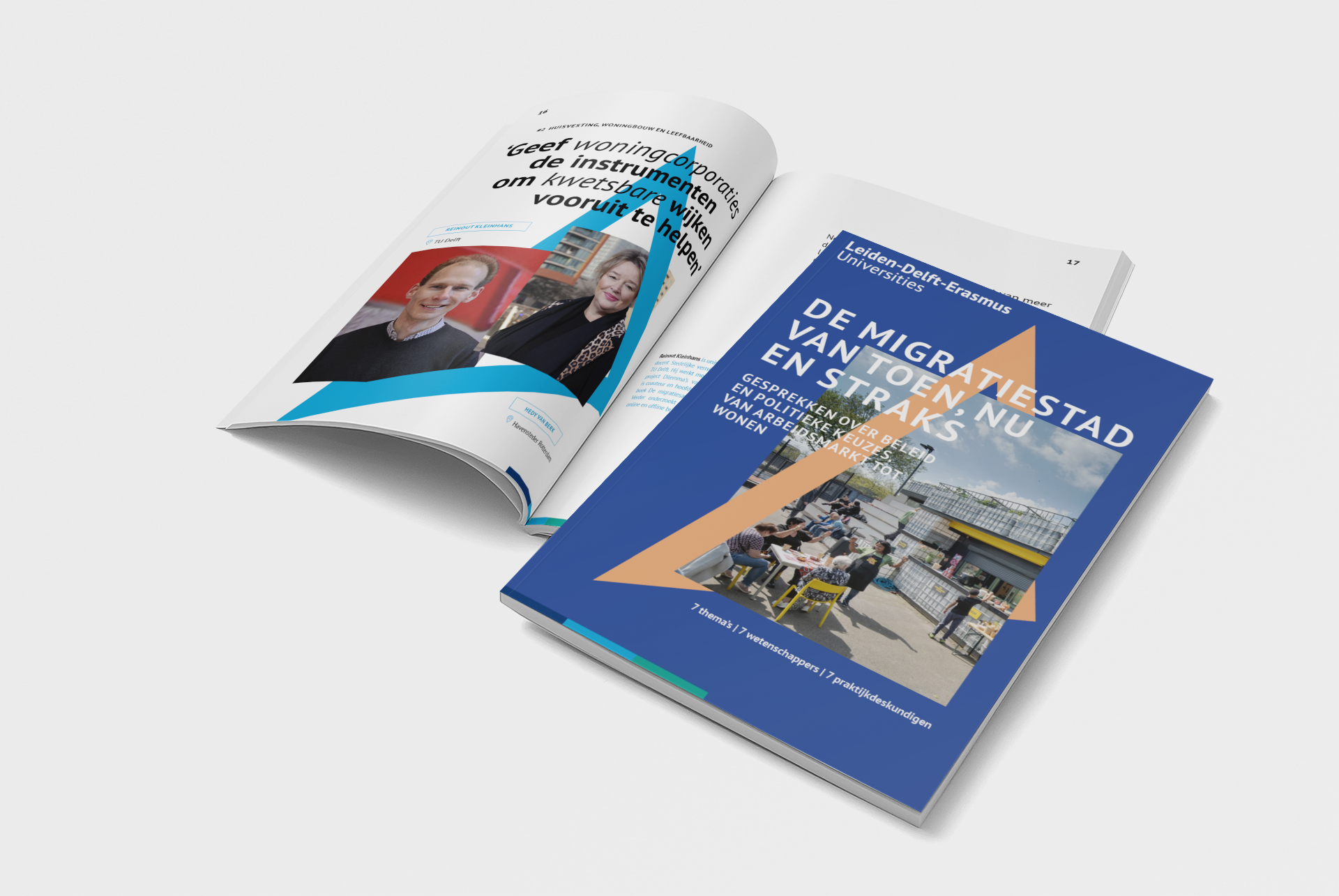 White paper 'The migration city of then, now and later'
White paper 'The migration city of then, now and later'
This article is from the sixth white paper of Leiden-Delft-Erasmus Universities. If you would like to copy one or more texts, please contact Katja Hoiting k.hoiting@tudelft.nl.
Sender of this edition is the Leiden-Delft-Erasmus Centre Governance of Migration and Diversity, founded in 2020 to conduct interdisciplinary research on the governance issues surrounding migration, diversity and inequality.

